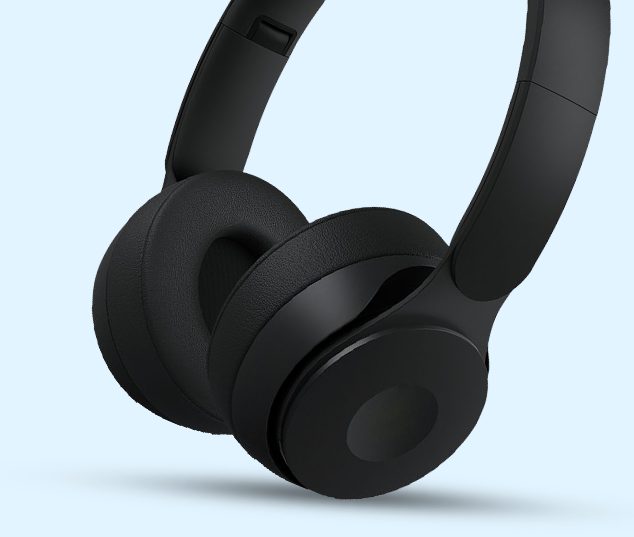Get in touch with us
Frequently Asked Questions
What’s the Difference Between Consumer Headphones and Work Headsets?
Work headsets are designed for professional use, ensuring the best experience for calls and meetings, while consumer headphones are primarily made for music and casual calls. Though they may look similar, work headsets offer key advantages:
- Superior voice clarity with noise-canceling microphones for loud environments.
- All-day comfort with multiple wearing styles for extended use.
- Optimized compatibility with work devices and platforms like Zoom and Teams.
Need help choosing the right work headset? Talk to an expert now!
What’s the Difference Between DECT and Bluetooth Headsets?
Bluetooth and DECT headsets share similarities, but there are key differences:
- Bluetooth headsets connect to almost any Bluetooth-enabled device, offering versatility. In contrast, DECT headsets pair with a dedicated USB dongle or base station for use with desk phones and softphones.
- DECT headsets provide 5-10x longer range (up to 590 ft) compared to Bluetooth (around 33 ft).
- While both offer strong security, DECT headsets feature an enhanced three-level security chain, making them ideal for industries like finance, healthcare, and government where security is critical.
- In office environments with multiple wireless headsets, DECT technology is less prone to interference than Bluetooth.
Neither technology is inherently better—it depends on your specific needs. Contact us today to find the best headset for you!
What's The Difference Between UC and Teams?
You may notice some headsets come in two versions: "UC" (Unified Communications) and "Teams". While they may look identical, they are optimized for different use cases.
- Teams Version – Designed specifically for Microsoft Teams, offering dedicated Teams features like a built-in call button for seamless integration. Ideal if Teams is your primary communication platform.
- UC Version (Unified Communications) – More versatile and compatible with multiple platforms, including Zoom, Google Meet, Cisco Webex, Avaya, and more. Choose this version if you use multiple communication tools rather than just Teams.
Which Headset Has the Best Noise-Canceling Microphone?
One of the most common questions we receive is about noise-canceling microphones, and there are some misconceptions. No headset can block 100% of background noise, as effectiveness depends on factors like noise type, volume, and direction.
However, the best headsets use advanced noise-canceling technology such as multi-microphone arrays, AI-powered filtering, and acoustic fencing to minimize distractions. While these features significantly reduce background noise, extreme environments may still require additional solutions.
If you need even stronger noise cancellation, consider using dedicated noise-canceling software alongside your headset for the best results. Need help finding the right setup? Contact us today!




